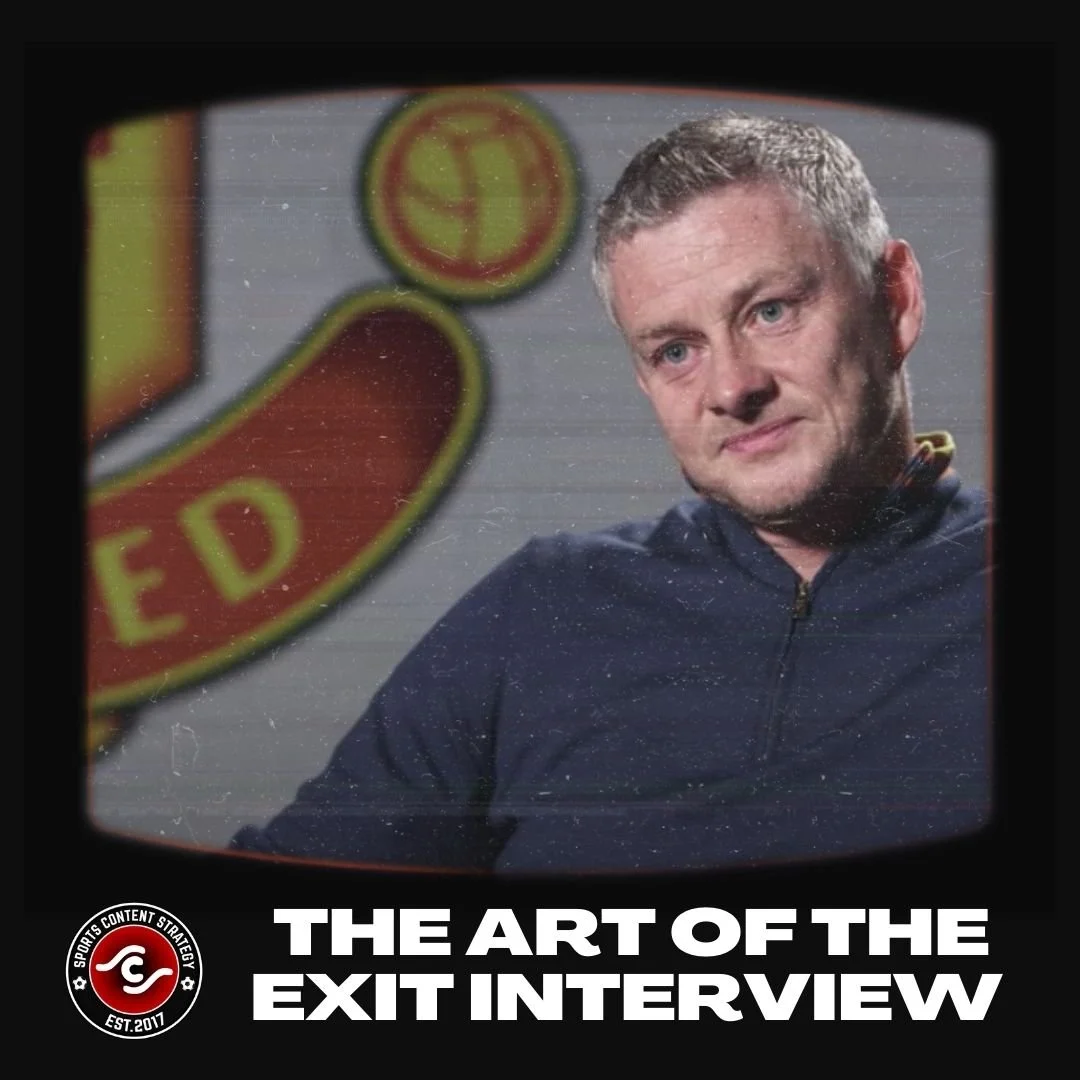Content Lessons: Frank Sidebottom/Chris Sievey
Who, or what, was Frank Sidebottom?
Depending on your viewpoint, this obscure singer/comedian masked by a giant papier-mâché head is one of light entertainment’s so-bad-it’s-genius merchants, a half-decent gag stretched out into a career or complete and utter nonsense.
For me, the artist formerly known as Chris Sievey comes from a long line of British eccentricities. Like morris dancing, brass bands and the Chelsea Flower Show, we somehow over-revere those cultural oddities that have proudly and pointlessly withstood the mainstream tide.
At the time, this particular side(bottom)show rather passed me by. Frank’s gigs were a university favourite during my student days, I never went. He was the fourth-ranked guest on the late Friday night ‘yoof’ chat shows you slumped in front of after coming home drunk from the pub. Or an off-the-wall excursion on the Saturday morning children’s television I normally watched accompanied by the resultant hangover. It all kind of washed over me.
Sievey died in 2010 at the age of 54 towards the end of a five-year plan in which the relaunched Frank was going to become ‘mega-famous’. At that point, he would triumphantly reveal the true genius underneath the head. Like so many aspects of this story, it never transpired in the way he intended.
Still, the reaction to a person’s passing always reveals their true impact. And, for me, this is where the Sievey/Sidebottom story gets interesting.
Within nine years of his death, two movies had been based on his life. “Frank” was a Hollywood dramatisation ‘inspired by real events’ with Domhnall Gleeson, Maggie Gyllenhall and, as the man himself, Michael Fassbender. Johnny Depp was originally rumoured for the role.
The other film was a lovingly-constructed documentary of Sievey’s rather chaotic existence. It was the product of a Kickstarter campaign yielding £48,000 from 1,300 donations.
This revealed an obsessed, eccentric but much-loved character who danced around the fringes of fame with his new wave band, The Freshies, and always retained a child-like enthusiasm for the next big idea while lacking the business nous to pull it off.
Friends and loved ones talked of a man fixated by his art yet utterly dumbfounded by real-life concepts like money and career.
He had left school wanting to emulate the Beatles. In the end, Sidebottom was the only creation that achieved the success he craved and even that cloaked him from much of the recognition and validation. Frank and Chris were different people, even though collaborators talked of a psychological confusion. Certainly, Chris spoke of Frank in the third person and refused to answer to his birth name with his head on. Drinks, drugs and extra-marital affairs were also part of his psyche.
So far, so ordinary. At least in the familiar trope of artist-touched-by-both-genius-and-madness.
You could even explain away his Hollywood movie by the success of Jon Ronson, who went from keyboard player in Sidebottom’s Oh Blimey Band to esteemed writer and author in the UK then Tinseltown. He penned the script for Frank, the movie.
But there is so much more going on here.
Sievey died penniless and his family were considering a pauper’s funeral until a crowdfunding appeal was launched. It raised £6,500 in a matter of hours and closed less than a week later with a final balance of £21,600 from 1,632 separate donations. Six days after the funeral, a concert to celebrate Sievey’s life drew 5,000 spectators. A couple of years later, a statute of Sidebottom was erected in his hometown of Timperley. And, in 2019, “Bobbins”, an exhibition of Sievey’s videos, audio, art and puppets opened in Manchester and was voted in ArtForum magazine’s top three events of the year.
Why all the attention? Why the love?
Remember, I lived through Frank Sidebottom’s ‘fame’. He was not that big and hardly the first misunderstood artist who died early with little financial gain for their efforts.
But the documentary suggests Sievey created a world governed by his rules and was happy to hand you citizenship. He retained an innocent yet intense fascination in creating his art, lovingly making puppets and models in his later years, adding intricate detail for no other reason than it was part of the story he wanted to create. He would work through the night to draw a Frank Sidebottom cartoon for Oink magazine when his friends were tutting: “It was only 85 quid, just knock something out”.
Anyone who wrote to Sidebottom received handmade badges and a personal letter. Sievey created a Sunday football team, Timperley Big Pants, played for them occasionally wearing the head and published a lovingly detailed matchday programme for each game.
The intricate triangle codes he drew around his newsletter and album covers were only cracked by experts from GCHQ (Britain’s Intelligence agency) years after his death. One read: “Why does my nose hurt after concerts?”. A reference to the peg Sievey used to create his character’s nasal drawl.
However, as a performer, Sidebottom was never so precise. His insistence on improvisation scared off interest from producers of live television shows. Many of his gigs appeared shambolic and poorly rehearsed with fans often ending up on stage beside the performers. (This scenario was also true of the Libertines, a band from the same era whose utter devotion from their fanbase is similarly incongruent with their level of success).
Sievey was also an early adopter, spending time creating videos for his songs when, at the time, this was the preserve of major names and famously turning one of his B-sides into a computer programme for a Sinclair ZX-81 that displayed the lyrics in synchronization with the main song. That came about because he was walking into Altrincham to pay his phone bill and passed a computer shop. It remains the prime example of his uncompromising art > money philosophy. However, the phone nearly got disconnected.
He also offered to create a free television show on Channel M, a local Manchester cable network, if he could have full artistic control.
Even in The Freshies days, Sievey had marketing chutzpah, as illustrated by his guerilla campaign for their single Yellow Dot. He stole headed paper from one record label and wrote letters to all their rivals from a supposed rogue employee inviting key executives to a ‘super-secret meeting’. The password word for admittance was “Yellow Dot”. Incredibly many turned up and assembled, as planned, in a meeting room. That’s when Sievey burst in hoping to play the video he had made supporting the song to the captive and somewhat embarrassed audience. However, he then realised his tape was the wrong format for the player in the room. So they all went home.
Such creative yet heroic failures seem de rigueur for characters like Sievey. The more interesting question remains whether he was really ahead of his time. Is he exactly the type of obsessive auteur who could have created a mini-Sidebottom empire had he been around today?
In one of his early notebooks, he remarked: “I want to make a living doing what I want. I want to be in control as I get more out of it that way.”
These days there are digital tools to do just that. You will never be a millionaire but if you are entertaining, clever, obsessive and able to market yourself properly it is possible to make a living from your creativity.
A famous essay by Kevin Kelley suggests you only need 1,000 true fans to have a viable business. Gary Vaynerchuk argues the best marketing is summed up by one word – care. And, in Rockonomics, the economist Alan Krueger argues that the digital revolution has led to a fundamental split in the music industry with a handful of global stars earning megabucks and a legion of fringe artists able to monetise their songs in the most minor way. The latter work is basically a side-gig economy funded by actual gigs and T-shirts sales.
Certainly, Sievey had a deep well of loving creativity that connected with a small but devoted hardcore fanbase willing to support.
Tools like Patreon, Substack or the clean side of OnlyFans might have not only kept the bailiffs away from Sievey’s house but given him the chance to further develop his madcap world. Back in the 1990s, he was already making YouTube videos. It was just that YouTube had not been invented yet.
As I said at the start of this piece, I never really got Frank Sidebottom but there was still something comforting in his happy brand of nonsense.
It is no surprise to discover that devotion to a craft and obsessiveness underpinned the appeal of his act but, despite or perhaps because of this, he failed to capitalise financially.
That aborted trip to Altrincham suggests Sievey might well have squandered the extra revenue anyway but at least there was a chance his ideas and energy would have been employed on the art he so enjoyed rather than the diverting, soul-destroying pursuit of money that occupies the waking hours of so many people.
You can rest assured they will never be the subject of one movie or memorial Kickstarter campaign, let alone two.











